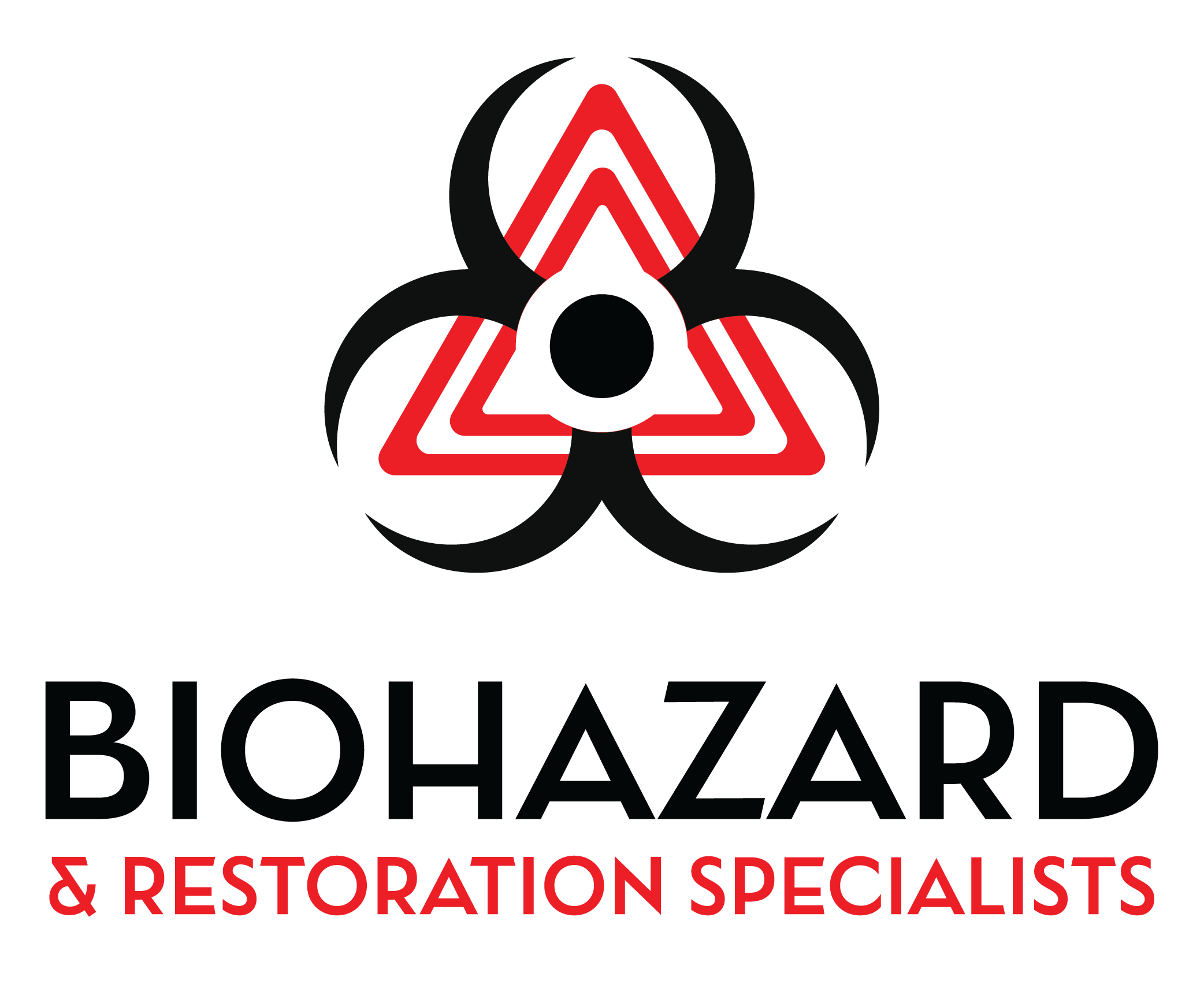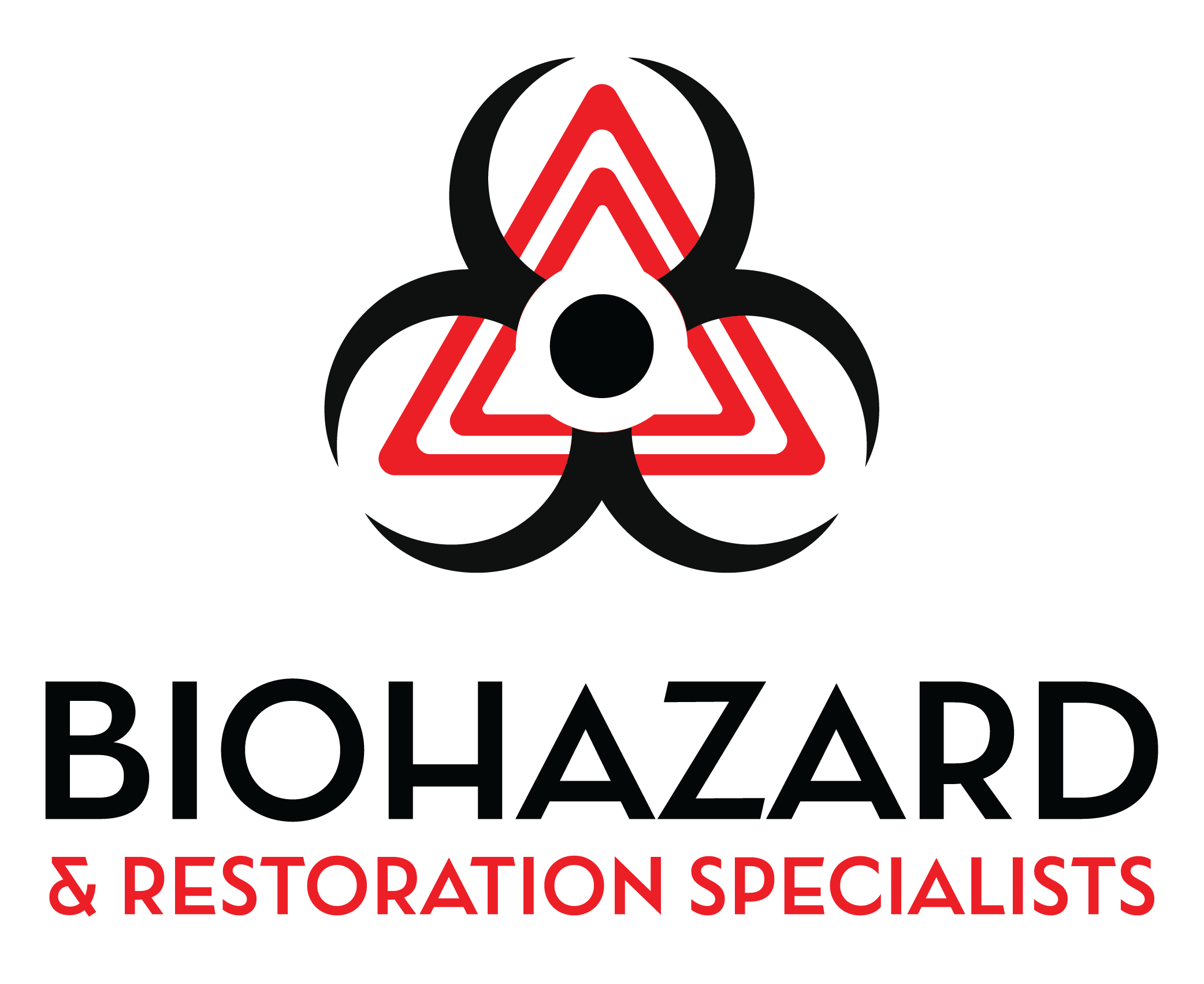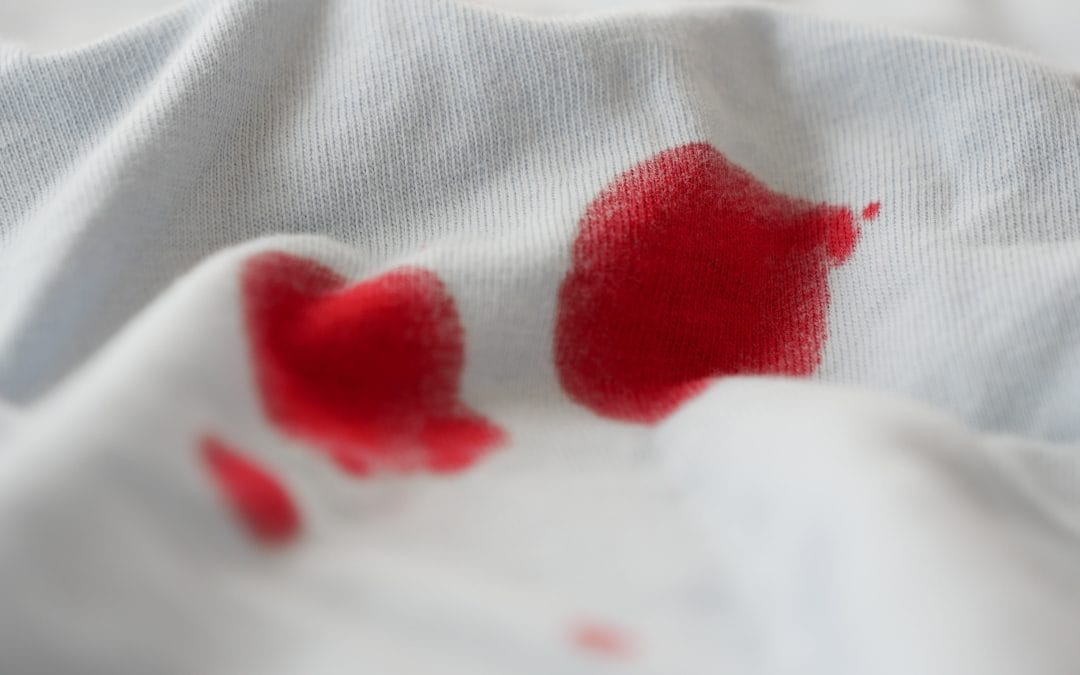Blood stains are a common occurrence in various settings, from households to medical facilities, and they can pose significant challenges when it comes to cleaning. The presence of blood can evoke strong emotional responses, particularly in situations involving injury or trauma. Understanding how to effectively remove these stains is crucial not only for maintaining hygiene but also for preserving the integrity of surfaces and fabrics.
Among the myriad of cleaning agents available, bleach stands out as a powerful option due to its disinfecting properties and ability to break down organic materials. Bleach, primarily composed of sodium hypochlorite, is widely recognized for its effectiveness in killing bacteria and viruses. Its strong oxidizing properties make it a popular choice for cleaning and disinfecting various surfaces.
However, the use of bleach on blood stains is a topic that requires careful consideration. While it can be effective, the interaction between bleach and blood can lead to complex chemical reactions that may not always yield the desired results. This article delves into the science behind bleach and blood stains, exploring their interactions, effectiveness, safety measures, and alternative cleaning methods.
Key Takeaways
- Blood stains can be difficult to remove, but bleach is often used as a cleaning agent.
- Bleach works by breaking down the chemical bonds in stains, making them easier to remove.
- Bleach is effective in removing fresh blood stains by breaking down the proteins in the blood.
- However, bleach may not be as effective on old blood stains, as the proteins have already bonded with the fabric.
- When using bleach on blood stains, it is important to take precautions and follow safety measures to avoid any harm.
The Science Behind Bleach and Blood Stains
To understand the effectiveness of bleach on blood stains, it is essential to explore the composition of blood itself. Blood is primarily made up of water, red blood cells, white blood cells, platelets, and plasma. The red blood cells contain hemoglobin, a protein responsible for transporting oxygen throughout the body.
When blood comes into contact with a surface, it can leave behind proteins and pigments that can be challenging to remove. The presence of these organic compounds is what makes blood stains particularly stubborn. Bleach works through a process known as oxidation.
When bleach is applied to a blood stain, it breaks down the chemical bonds in the organic materials present in the stain. This reaction alters the structure of the hemoglobin and other proteins, effectively rendering them colorless. However, this process can also produce byproducts that may not be easily removed.
Additionally, the effectiveness of bleach can be influenced by factors such as concentration, temperature, and the nature of the surface being cleaned. Understanding these interactions is crucial for anyone looking to use bleach as a cleaning agent for blood stains.
The Effectiveness of Bleach on Fresh Blood Stains
When dealing with fresh blood stains, time is of the essence. The sooner a stain is treated, the higher the likelihood of successful removal. Fresh blood is typically easier to clean than dried blood because it has not yet undergone significant chemical changes or bonding with the surface.
In this context, bleach can be particularly effective due to its strong oxidizing properties. When applied promptly to a fresh stain, bleach can break down the hemoglobin and other components of the blood before they have a chance to set. To use bleach effectively on fresh blood stains, it is advisable to dilute it with water.
A common ratio is one part bleach to ten parts water. This dilution helps to minimize potential damage to fabrics or surfaces while still providing sufficient strength to tackle the stain. After applying the diluted bleach solution, it is important to blot the area gently with a clean cloth rather than rubbing it vigorously.
Rubbing can spread the stain further or push it deeper into the material. Instead, blotting allows for better absorption of the solution and aids in lifting the stain away from the surface.
The Effectiveness of Bleach on Old Blood Stains
| Experiment | Bleach Concentration | Time Soaked | Effectiveness |
|---|---|---|---|
| 1 | 5% | 30 minutes | Complete removal |
| 2 | 3% | 1 hour | Partial removal |
| 3 | 7% | 20 minutes | No effect |
Old blood stains present a different set of challenges compared to fresh ones. Over time, blood can oxidize and bond more firmly with surfaces or fabrics, making it significantly more difficult to remove. The proteins in dried blood undergo changes that can render them resistant to many cleaning agents, including bleach.
While bleach can still be effective on old stains, its success often depends on several factors such as the age of the stain, the type of material involved, and how long it has been since the stain was first formed. For old blood stains, pre-treatment is often necessary before applying bleach. Soaking the stained area in cold water can help loosen the dried blood and make it more amenable to cleaning.
After soaking, applying a diluted bleach solution may yield better results than using bleach directly on a dry stain. However, caution must be exercised; prolonged exposure to bleach can damage certain fabrics or surfaces. It is advisable to test a small inconspicuous area first to ensure that no discoloration or degradation occurs before proceeding with full application.
Precautions and Safety Measures When Using Bleach on Blood Stains
While bleach is an effective cleaning agent for blood stains, it is essential to take appropriate safety precautions when using it. Bleach is a potent chemical that can cause skin irritation and respiratory issues if inhaled or ingested. Therefore, wearing protective gloves is crucial when handling bleach solutions.
Additionally, using bleach in a well-ventilated area minimizes exposure to fumes that can be harmful when inhaled over extended periods. It is also important to avoid mixing bleach with other cleaning agents, particularly those containing ammonia or acids. Such combinations can produce toxic gases that pose serious health risks.
When using bleach on fabrics or surfaces that may be sensitive to harsh chemicals, testing a small area first can help prevent unwanted damage or discoloration. Furthermore, ensuring that any residual bleach solution is thoroughly rinsed away after cleaning will help mitigate any potential long-term effects on materials.
Alternative Methods for Removing Blood Stains
While bleach is a popular choice for removing blood stains due to its effectiveness as a disinfectant and stain remover, there are several alternative methods worth considering. One common alternative is hydrogen peroxide, which acts as both an oxidizing agent and a mild antiseptic. When applied directly to fresh blood stains, hydrogen peroxide can help break down hemoglobin without the harshness associated with bleach.
Another effective method involves using cold water and soap or detergent. For fresh stains, rinsing the area with cold water immediately can help dilute and lift the stain before it sets in. Following this with a gentle application of soap or detergent can further aid in breaking down the proteins in the blood.
Enzymatic cleaners are also available specifically designed for protein-based stains like blood; these products contain enzymes that target and break down organic materials effectively.
Tips for Using Bleach to Remove Blood Stains
When opting for bleach as a solution for blood stains, there are several tips that can enhance its effectiveness while minimizing potential damage to surfaces or fabrics. First and foremost, always work with cold water when treating blood stains; hot water can cause proteins in the blood to coagulate and bond more firmly with fibers or surfaces, making removal more difficult. Dilution is key when using bleach; as mentioned earlier, a common ratio is one part bleach to ten parts water.
This dilution not only reduces the risk of damage but also allows for better control over the application process. When applying the solution, use a clean cloth or sponge to dab at the stain gently rather than scrubbing aggressively. This technique helps lift the stain without spreading it further.
After treating the stain with bleach, it’s essential to rinse thoroughly with cold water to remove any residual bleach solution from the fabric or surface. This step helps prevent any long-term discoloration or degradation caused by prolonged exposure to bleach. Finally, always allow treated areas to air dry completely before assessing whether additional treatment is necessary.
Final Thoughts on Using Bleach to Clean Blood Stains
The use of bleach for removing blood stains presents both opportunities and challenges. Its powerful oxidizing properties make it an effective option for tackling fresh stains when used correctly; however, caution must be exercised when dealing with older stains or sensitive materials. Understanding the science behind how bleach interacts with blood can inform better cleaning practices and lead to more successful outcomes.
While bleach remains a popular choice due to its disinfecting capabilities and effectiveness against organic stains like blood, exploring alternative methods may provide additional options for those seeking less harsh solutions. Ultimately, whether choosing bleach or another cleaning agent, being informed about proper techniques and safety measures will ensure effective stain removal while protecting both health and materials involved in the cleaning process.
If you are looking for information on how to clean blood stains, you may find the article Crime Scene Cleanup with a Human Touch: The Role of Compassion helpful. This article discusses the importance of compassion in the cleanup process and provides tips on how to effectively clean blood and other biohazards.


